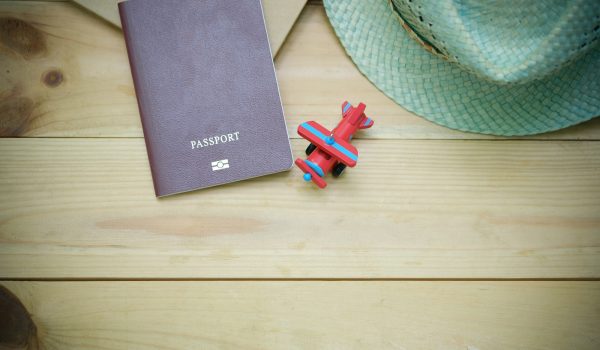
Rishi Sunak’s famous Stamp Duty Holiday is well and truly over, but that doesn’t mean you can’t still get away without paying any stamp duty on the next property you buy.
There are, in fact, more than a handful of ways you can avoid paying the tax, depending on how you buy, who you buy from and when you sell, for starters. In this article, we outline some of the main ways you can purchase a home without having to fork out further on stamp duty, which can end up putting quite a large dent in your savings.
What is Stamp Duty?
Stamp Duty Land Tax is what you’ll pay for the property you buy and the land on which it stands. It is calculated on a sliding scale, with the more expensive the property the higher the percentage of tax you’ll pay.
Right now, for instance, the rates are as follows:
| Property or lease premium or transfer value | SDLT rate |
| Up to £125,000 | Zero |
| The next £125,000 (the portion from £125,001 to £250,000) | 2% |
| The next £675,000 (the portion from £250,001 to £925,000) | 5% |
| The next £575,000 (the portion from £925,001 to £1.5 million) | 10% |
| The remaining amount (the portion above £1.5 million) | 12% |
As you can see from the above, no stamp duty is due on a home worth up to £125,000. After that, you start paying a percentage of the value of the home based on how it divides into the categories. If your home is worth £500,000, for example, then you will get the first £125,000 stamp duty free. You will then pay 2% on £125,000 and 5% on £200,000.
So the higher tax bracket your home falls into, the more you will have to pay in stamp duty. If the cost of the property falls at the edge of a tax bracket, then it’s makes sense to try and haggle the price down with the seller so you pay the lower percentage on stamp duty.
It’s worth pointing out at this point, that the percentages and even the name varies within the UK nations. For instance, in Scotland, what we know as Stamp duty is known as Land and Buildings Transaction Tax (LBTT). In Wales it’s known as Land Transaction Tax (LTT). Only in Northern Ireland, is it also referred to as the Stamp Duty Land Tax.
No Stamp Duty for First Time Buyers
In trying to help first time buyers get on the property ladder, the government has, for some time now, waived a certain amount of stamp duty. At present, those buying their first home in England and Northern Ireland don’t have to pay any tax up to the value of £300,000. In Scotland, that threshold is £175,000 and in Wales, there is no specific first-time buyer discount – but no-one in the country pays duty on a property worth up to £180,000.
Transferred Property
If you have inherited a property, or been gifted it, then you won’t have to pay any stamp duty. You may, however, have to pay inheritance tax, depending on the value of the property and the circumstances in which you received it. You may also have to pay capital gains tax, if you decide to sell it without living in it.
Pay for Fixtures and Fittings Separately
You’ll pay stamp duty based on the value of the property, so if the fixtures and fittings (ie. carpets, white goods etc) are included in the sale price, then you will effectively be paying stamp duty on these as well. One way to reduce your stamp duty tax is to pay the seller for these goods separately, as a lump sum.
Self-Build
When you build your own property, you can save the extra money you would have spent on stamp duty to make it even more eco-friendly. That’s because there is no stamp duty at all on self-builds – it’s just the land you buy that you have to pay a tax on (which seems fair enough really!).
Reclaim Stamp Duty
There are times when you can ask HMRC for a refund on the amount of stamp duty you have paid. This is the case where you have bought another property, and had to fork out the additional 3% surcharge on second homes. Sell the original property within a period of 36 months, and you can claim back that 3% cash.
Buy a Run-Down Second Home
You can avoid paying that 3% surcharge on a second home, if the property in question is worth less than £40,000. Run down houses and apartments may indeed come under this bracket in parts of the country where property in general is less expensive. This includes parts of the north east and north west, where many property investors concentrate on refurbishment projects.
Get a Property with a Short Lease
You won’t pay stamp duty on a house or apartment that has seven or less years left on the lease. That’s because you don’t have to notify the Land Registry. Definitely worth keeping an eye out for.
Get in Touch
Looking for your next investment property? Then take a look through the Sourced Property Investment App, where you will not just find a whole variety of exclusive opportunities, but also access a financial review to find out if a deal makes sense for you. You also access over 150 property experts who are more than happy to help you identify properties that match your criteria. New properties are uploaded at 8am daily. Find out more here
